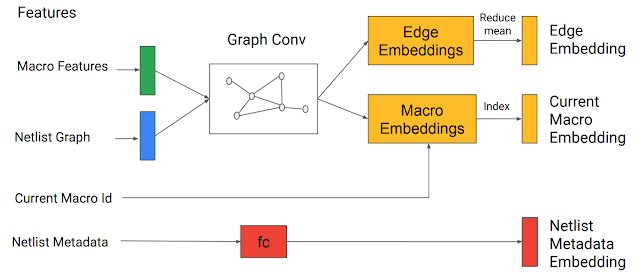The media is all abuzz with the Google white paper on AI and EDA:

 ai.googleblog.com
ai.googleblog.com
This is above my pay grade but from what I know their description of how a "training set" of existing block placements is used for future block placement tasks is pretty primitive. Specifically, there is no feature to incorporate timing-driven cell placement criteria -- timing-driven placement (TDP) has only been around for 25 years.
Both Synopsys (Fusion Compiler) and Cadence (the new iSpatial) have also added TDP features into netlist synthesis algorithms, correct? The Google paper assumes an existing synthesized netlist (with no mention of path timing).
I'm hoping others will chime in here. I will be looking into this further so stay tuned....


Chip Design with Deep Reinforcement Learning
Posted by Anna Goldie, Senior Software Engineer and Azalia Mirhoseini, Senior Research Scientist, Google Research, Brain Team Update, June 9, 202...
This is above my pay grade but from what I know their description of how a "training set" of existing block placements is used for future block placement tasks is pretty primitive. Specifically, there is no feature to incorporate timing-driven cell placement criteria -- timing-driven placement (TDP) has only been around for 25 years.
Both Synopsys (Fusion Compiler) and Cadence (the new iSpatial) have also added TDP features into netlist synthesis algorithms, correct? The Google paper assumes an existing synthesized netlist (with no mention of path timing).
I'm hoping others will chime in here. I will be looking into this further so stay tuned....
Last edited:
